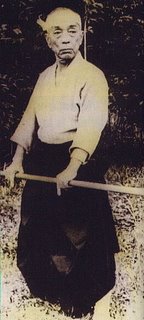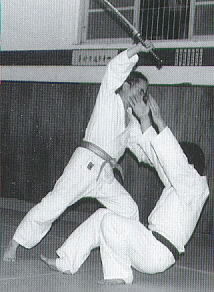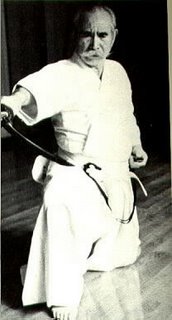Getting Your Priorities Straight

Classical Bujutsu
- combat
- discipline
- morals
Classical Budo
- morals
- discipline
- aesthetic form
Note that 'combat' missed the top-three spot on the budo list. Apparently martial arts strictly as a combative system (bujutsu) give morals relatively short shrift. Being a moral person usually, but not necessarily, gives rise to other traits, such as politeness and humility as one karate blogger puts it. I agree these are desirable attributes to be found in the karateka.
This brings up a pertinent question: Is karate training really capable of transforming an otherwise brutish lout into a 'nice guy'? Traditionally, the master of a dojo would interview a prospective student to see where he was coming from. Drunkards, layabouts and alpha-male tough guys need not apply. The whole idea of learning self defense is to ward off these jerks in the first place.
I believe the "polite and unassuming" students one sees in the dojo likely started out that way before they ever stepped onto the mat. More than likely their training in a budo form accentuates already innate positive tendencies.
I've personally seen how transformative the martial arts can be. Those lacking in confidence, physical coordination and even social grace can make amazing progress in these areas as a result of dedicated training over a period of time.
But are traditional martial arts more about making good citizens or good fighters? I believe that budo - with its emphasis on morality and social responsibility - requires a combative core to make it all worthwhile. If a style or system gets too bogged down with philosophy or the "art" aspects to the detriment of realistic effectiveness, then it's simply not worth it. Equally, a style that lacks an understanding of right living is missing something very important.
Labels: budo, bujutsu, Donn Draeger







